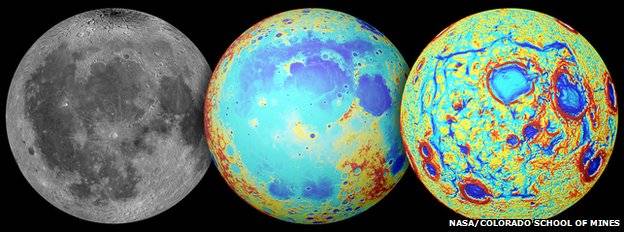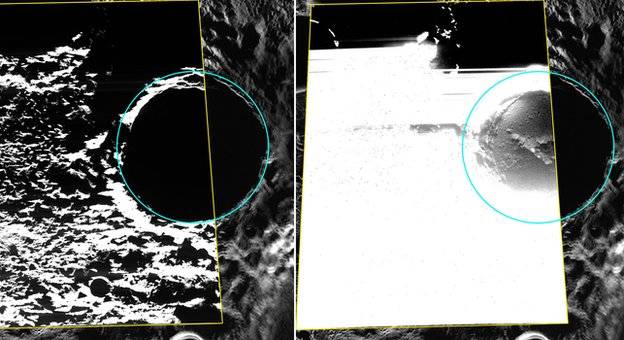ScienceRocks
Democrat all the way!
- Thread starter
- Banned
- #221
India's Mars Probe to attempt orbital insertion on Wed.
http://indiatoday.in...e/1/384102.html
Success would make India the 4th nation to successfully get to Mars, the first one to do so on it's first attempt, and would be one of the cheapest missions ever.
http://indiatoday.in...e/1/384102.html





